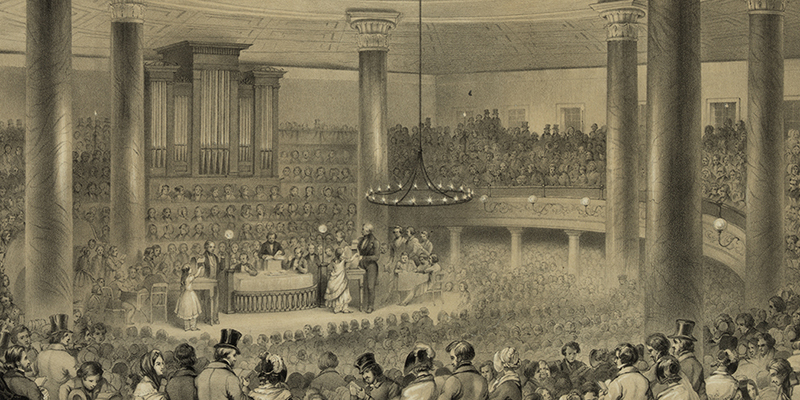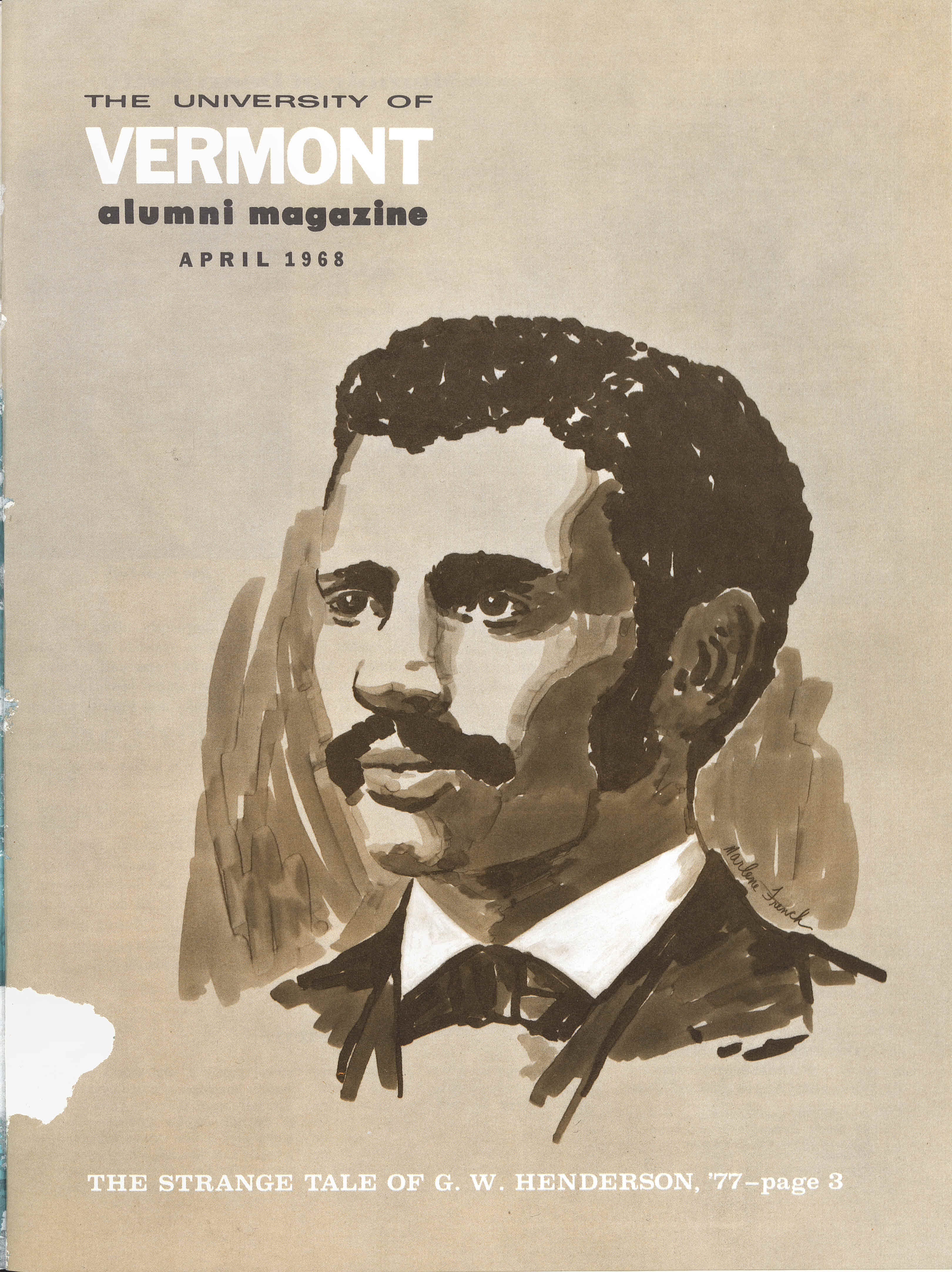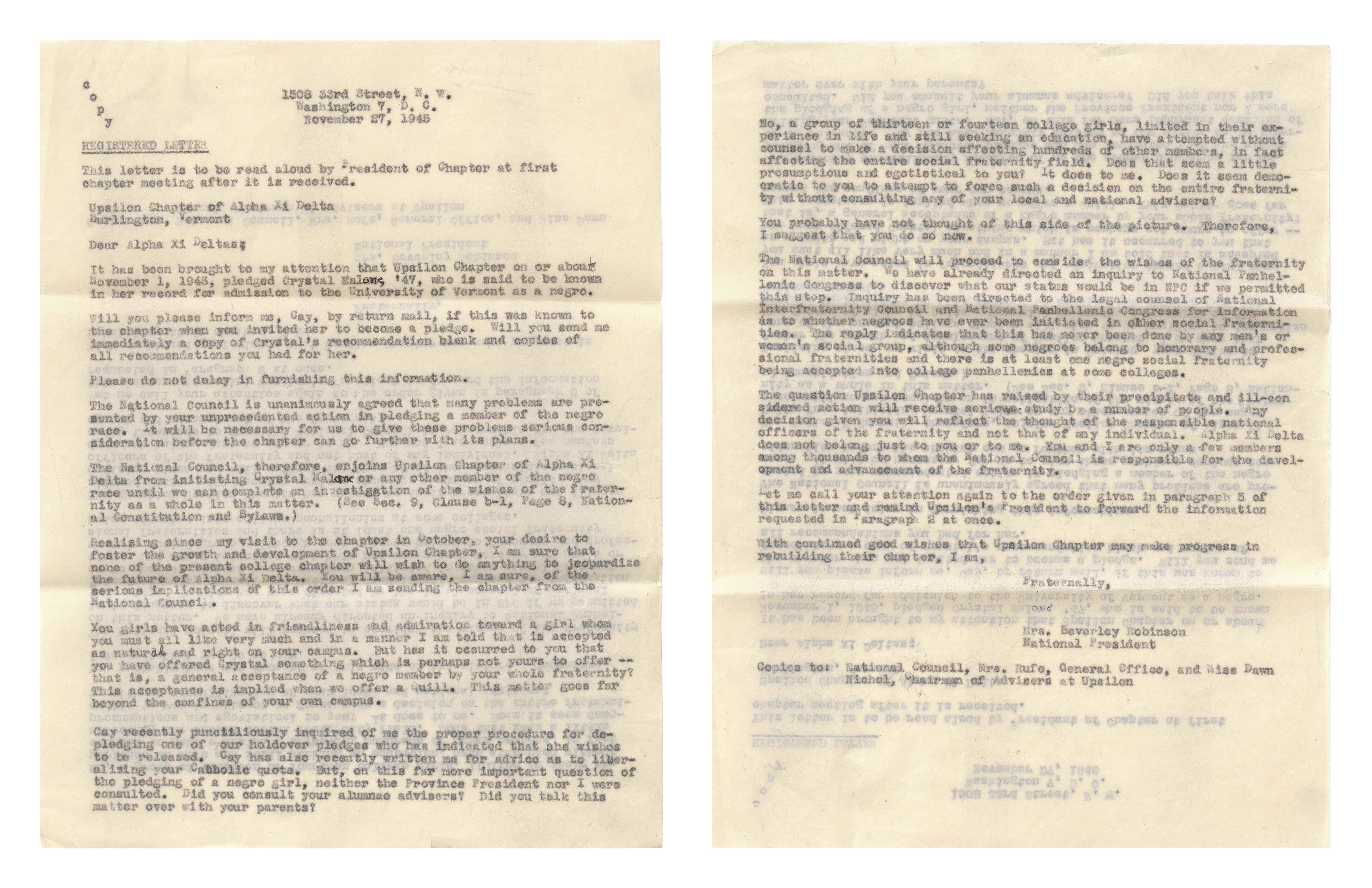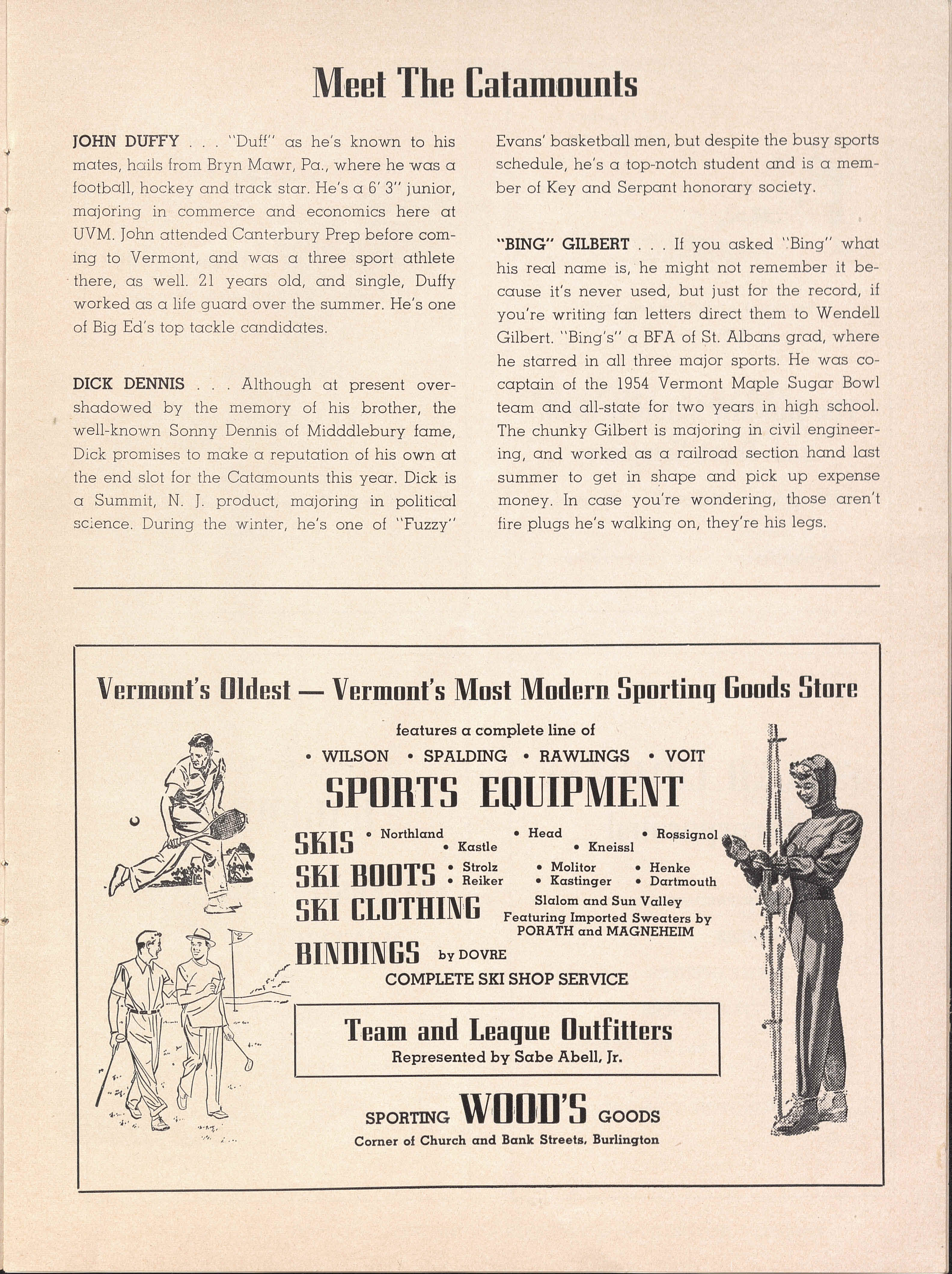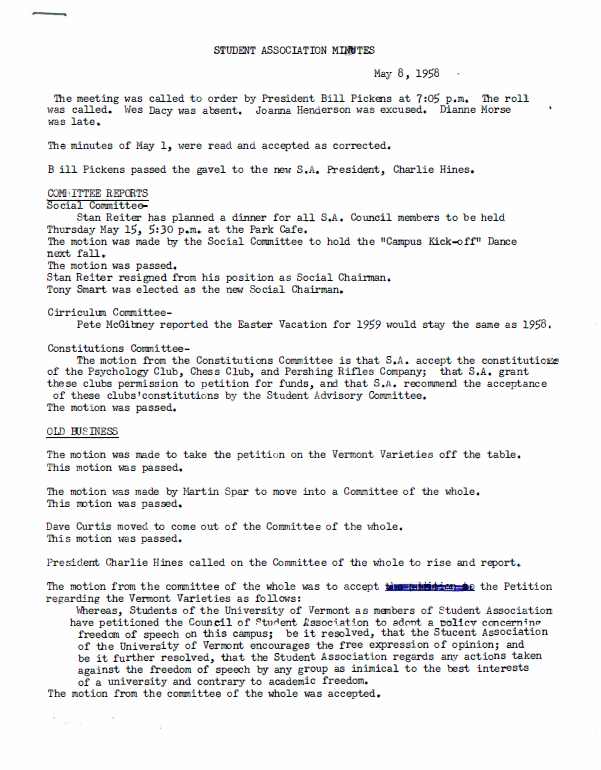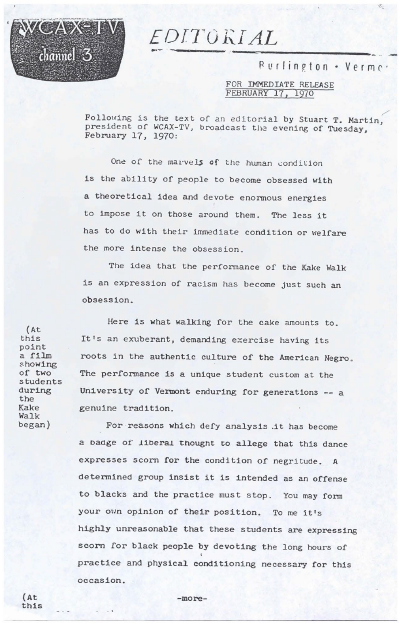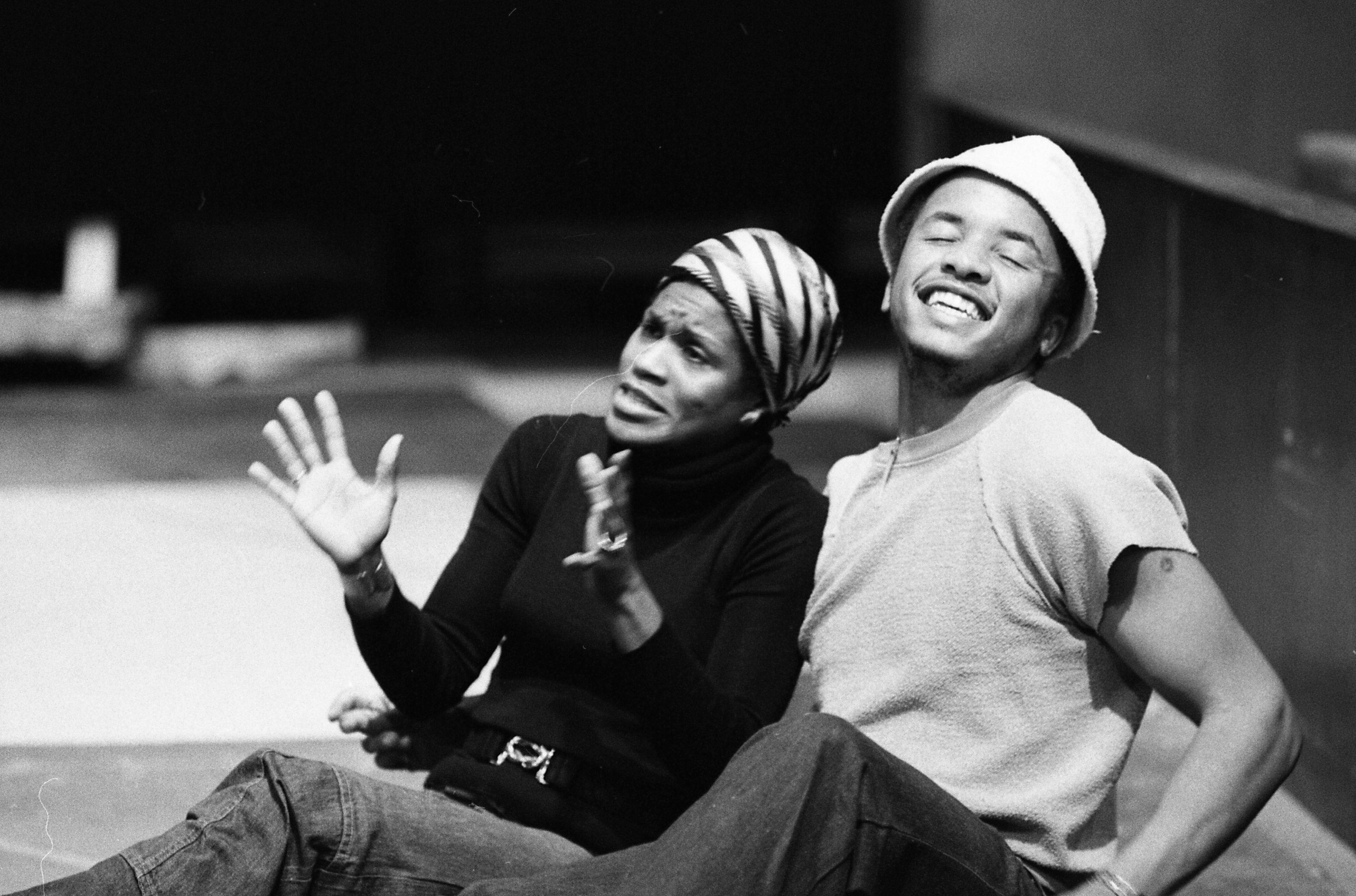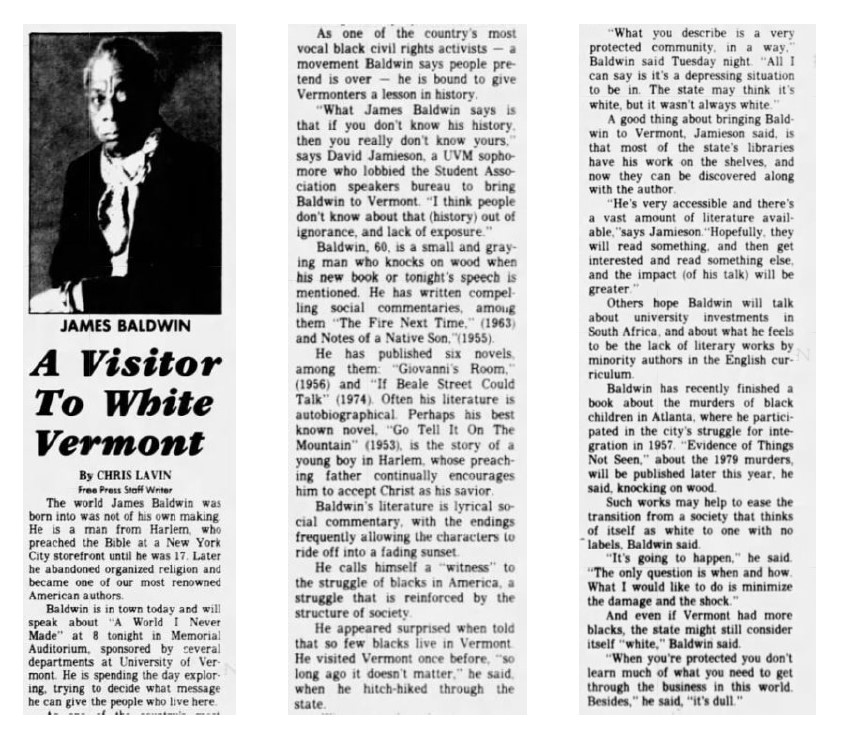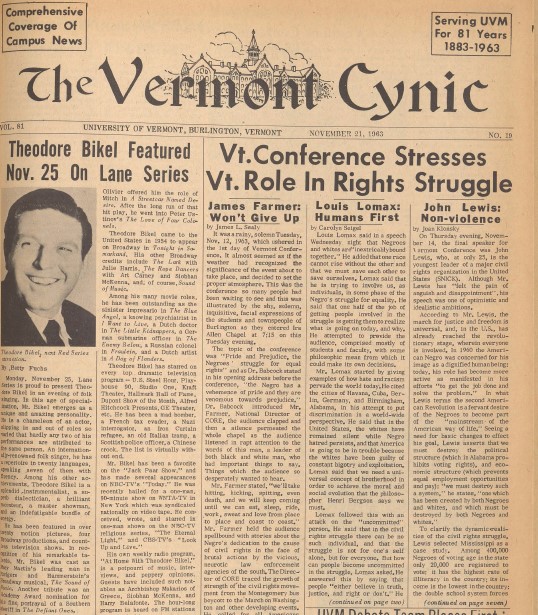About the exhibit
This opening exhibit is centered on the experiences of Black members of the UVM community. It highlights a long, rich, and complex history that involves great accomplishments as well as hardship, prejudice, and bias. Taken together, these stories remind us not only of those who have come before, but also of the ways in which Black lives have mattered and shaped our institution for more than two centuries.
The content and design of this inaugural exhibit was shaped by Dr. Paul Deslandes, Professor and Chair of the Department of History, volunteer members of the Display Case Committee, and the Silver Special Collections Library working in close collaboration with Dr. Wanda Heading-Grant, Vice President for Diversity, Equity, and Inclusion.
Profiles and Artifacts
Each profile includes the individual's affiliation with UVM, brief biography, and an artifact that is reflective of their history.


